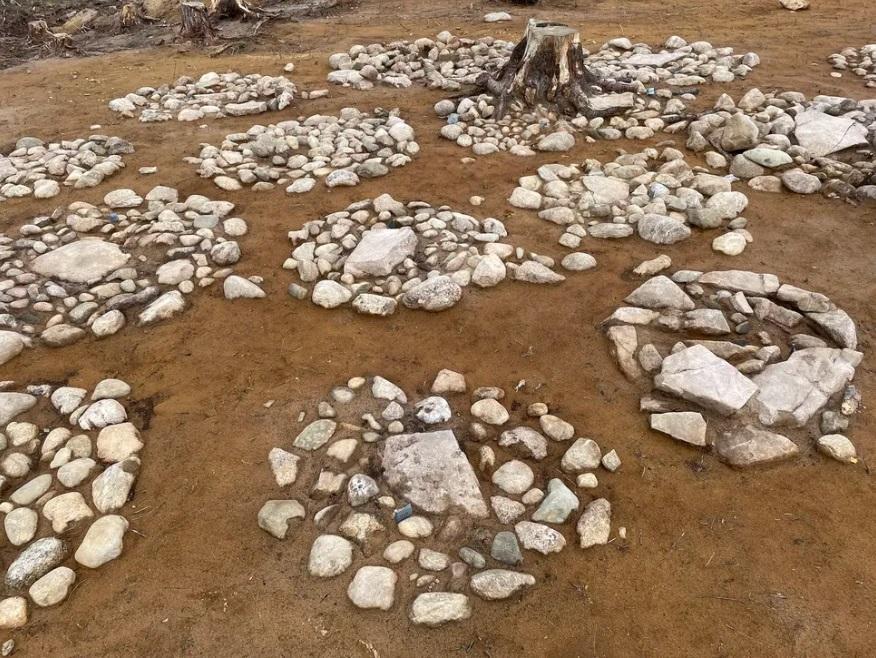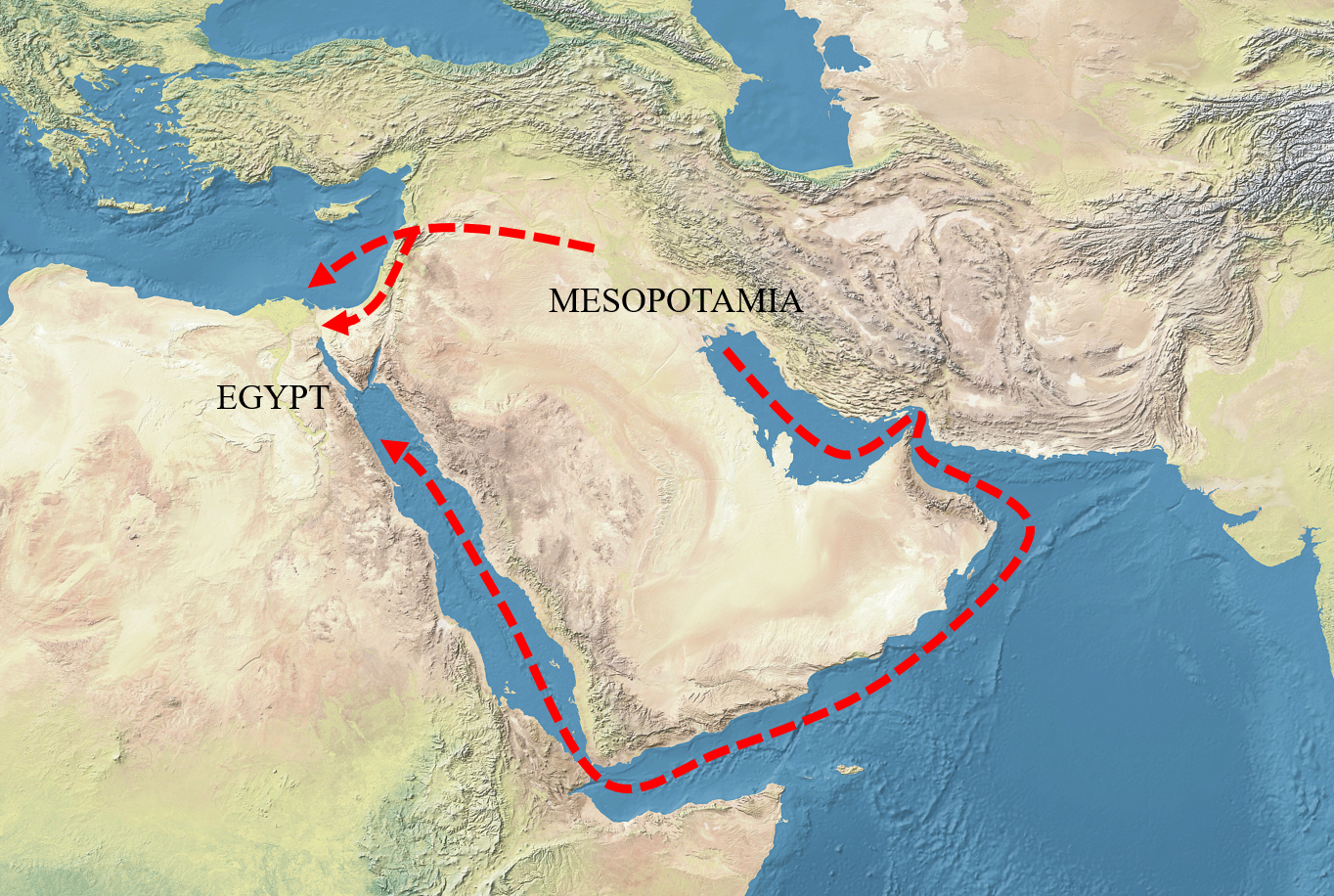Archaeologists Discover 345 Stone Circles in Saudi Arabia’s Neolithic Landscape
Standing stones scatter across the world and throughout history. Although we don’t know the exact purpose of standing stones like Stonehenge, these structures connect us to our ancestors lost to time.
Now, archaeologists are looking at a specific set of stones left behind by a Neolithic population from the 6th and 5th millennia BC.
The Discovery of 345 Stone Circles
Archaeologists discover roughly 345 stone circles in Saudi Arabia using aerial surveillance techniques. Discovered in the Harrat al ‘Uwayrid lava field, the circles measure from 13 to 26 feet in diameter.

Source: Museum of Cultural History, University of Oslo
The team behind the study discovered that the stones date back about 7,000 years and found evidence indicating their possible uses.
The Evidence of the Civilization
The team found evidence of stone walls and at least one doorway. This led the researchers to believe that the structures would have likely had roofs as well made from either additional stones or other organic materials.

Source: Freepik
“These structures were individual dwellings, constructed in concentrations of varying numbers with associated domestic installations, such as hearths,” the researcher behind the find, who published their study in “Levant,” explained.
The Location of the Stone
The team also notes that the standing stones reveal that the Neolithic people, who learned to cultivate plants and domesticate animals for food, may have lived outside of their single location, Mesopotamia, between the Tigris and Euphrates Rivers in what is now southern Iraq.

Source: Natural Earth/Wikimedia Commons
“The standing stone circle sites presented in this paper demonstrate a scale of Neolithic occupation not previously recognized in Saudi Arabia,” the team writes.
Unchanging Domestic Architecture
It turns out that early domestic architecture has remained largely unchanged, even with this recent discovery.

Source: Freepik
“Globally, early domestic architecture was always round, and rectangular houses only appear in the later Neolithic,” Jane McMahon, an honorary research fellow at the University of Western Australia and lead author of the paper, told Live Science.
Evidence of a Thriving Community
The evidence found in the region supports the researcher’s conclusion that humans were living in the area during the time of the stone houses.

Source: Lukas Hartmann/Pexels
The basalt stone tools and the animal remains found in the area indicate a mixed economy supported by both domesticated and wild species and highlighted by sheep, goats, and cattle remains.
The Structures of the Neolithic People
According to the paper, the researchers say that it is likely that these two megalithic structure types are aspects of a single cultural entity.

Source: Freepik
The Neolithic people sacrificed pigs, dogs, and cattle during the later period of their existence. While some animal sacrifices varied from community to community, the practice was ever-changing.
The Descendants of Another Group of People
The contemporary use of the mustatils and standing stone circles indicates that it is “likely that these two megalithic structure types are aspects of a single cultural entity,” the team wrote.

Source: Freepik
Gary Rollefson, a professor emeritus of anthropology at Whitman College and San Diego State University who did not participate in the research, says that the people who built the standing stone circles and mustatils descended from those who lived in Jordan and Syria about 500 years earlier.
The Ancestors
The discovery of the standing stone houses is similar to ancient stone houses located in Jordan. The houses in Jordan were dated roughly 500 years before these new stone houses in Saudi Arabia.

Source: Michael Gunther/Wikimedia Commons
The evidence found at the locations suggests that the two communities were likely linked.
Shared Similarities
Despite the stone houses looking the same, the researchers have found rectangular structures made of stone as well.

Source: Oliver Paaske/Unsplash
Researchers believe that the structures, dubbed mustatil—an Arabic word for rectangle—may have been used for cattle sacrifices.
Other Items Found
Varieties of seashells, all of which came from the Red Sea, were also found at the site. The sea was located about 75 miles (120 kilometers) to the west.

Source: Ylanite Koppens/Pexels
The presence of the seashells “suggests developing networks of trade and exchange, concurrent with mobility,” the team wrote.
The Changing Landscape
Pre-dating typical farming in a landscape, which wasn’t as dry at the time as the area is today. The land was much wetter, but farming had not yet come to use.

Source: Freepik
“There’s no evidence of farming domesticated species of plants like wheat and barley, but gathering wild plants likely took place,” McMahon told Live Science, “and perhaps manipulating the landscape to increase the likelihood and yield of wild species.”
